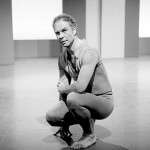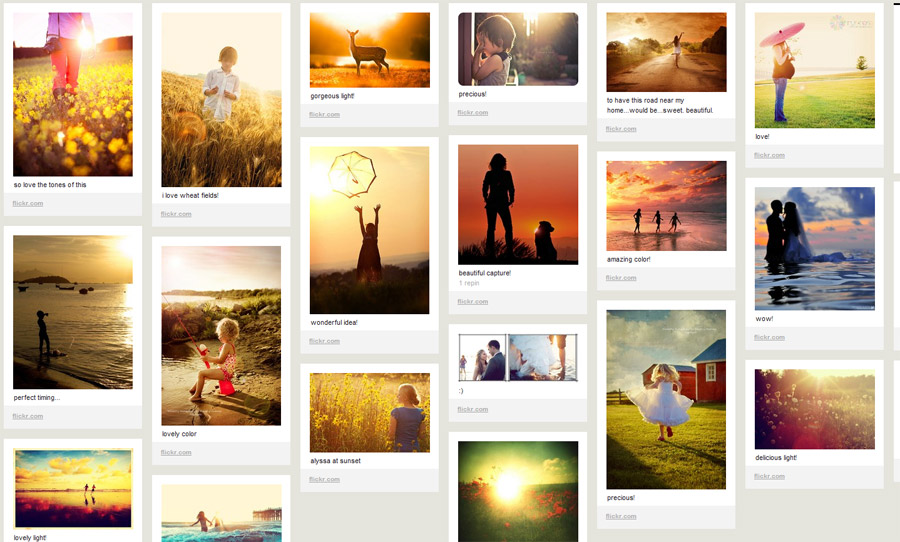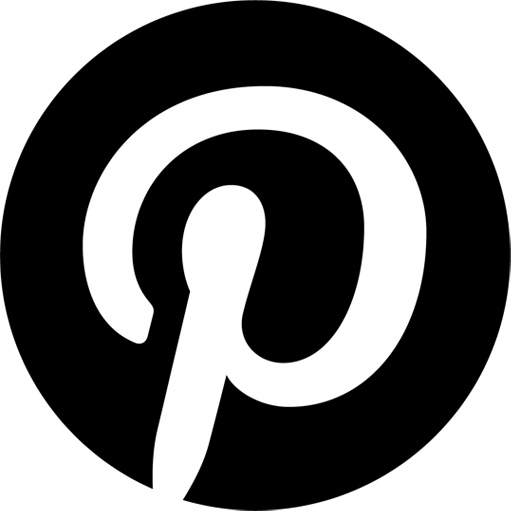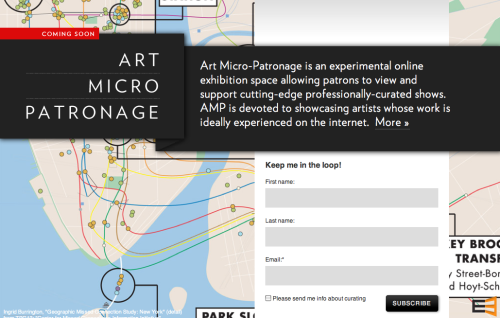I went to elementary school with her- confirm request. He is the son of my mom’s friend from work- confirm request. She’s a friend of a friend  that also likes Amos Lee, Portland, Maine and the Peggy Guggenheim Collection in Venice, but we’ve never actually met- confirm request.
The word “friend” is now synonymous with Facebook and its meaning has been redefined to incorporate relationships formed as loosely as in the situations above. Regardless of how intimate your real world relationships are with your newest virtual “friends,” they receive the same amount of information and become privy to the innermost private details of your life through your Facebook activity, statuses and photos.
that also likes Amos Lee, Portland, Maine and the Peggy Guggenheim Collection in Venice, but we’ve never actually met- confirm request.
The word “friend” is now synonymous with Facebook and its meaning has been redefined to incorporate relationships formed as loosely as in the situations above. Regardless of how intimate your real world relationships are with your newest virtual “friends,” they receive the same amount of information and become privy to the innermost private details of your life through your Facebook activity, statuses and photos.
Yes, you can “poke” others on Facebook, but Maine photographer Tanja Alexia Hollander, has discovered through her own Facebook friendship odyssey that Facebook cannot replace human interactions
Social media has become a fundamental part of our society in the 21st century. Its convenience allows us to instantaneously communicate and share a level of intimacy with those we know well and many we don’t know at all. Despite its presence in our lives today, social networks cannot replicate human interaction. It is arguable, however, that the online environments we’ve created and the resulting reduction of human interaction have an impact on our relationships.
Since the beginning of 2011, Hollander has embarked on a journey to meet (some for the first time) and photograph all 626 of her Facebook friends, traveling across the state, country and world to reach them in their most intimate and private space: their home. Hollander’s photographic and personal journey grew into the project and upcoming exhibit “Are you really my friend? The Facebook portrait project.”
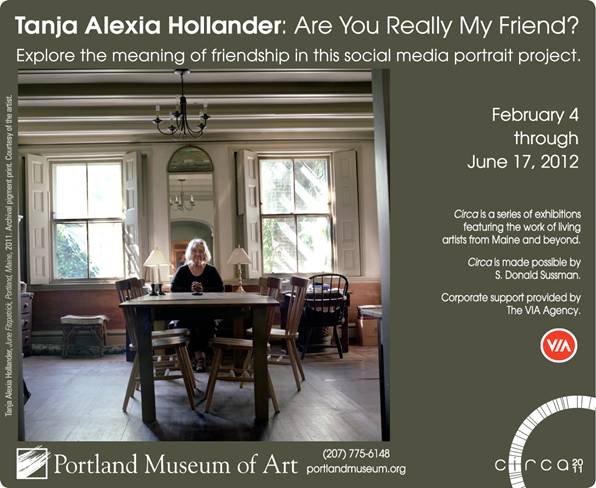 More than just an exploration of virtual social networks and humans’ dual existence in a cyber space and physical, real world space, Hollander’s project and exhibition explores the evolution and modern-day role of formal portraiture, the meaning of home and the future of human interactions and American culture in an increasingly virtual world.
More than just an exploration of virtual social networks and humans’ dual existence in a cyber space and physical, real world space, Hollander’s project and exhibition explores the evolution and modern-day role of formal portraiture, the meaning of home and the future of human interactions and American culture in an increasingly virtual world.
My project is an exploration of friendships, the effects of social networks and the intimate places we call home. Facebook seemed an ideal forum for this exploration. Though we are in the initial stages of understanding the effects of social networking on American culture and photography there is a pervasive feeling that it is changing our interactions with each other and building a false sense of community.
But do not misinterpret Hollander’s project or exhibition- she is neither defaming Facebook nor purging herself of it upon completion of the project. Quite the contrary, actually. As a result of visiting with and photographing each of her friends, Hollander discovered they do in fact pay close attention to her life online and wanted to follow up about what they saw or read. To Hollander, this gave greater merit and value to the relationships she maintains via Facebook and lessened the gap she was questioned between our simultaneous existence in cyber space and the real world.
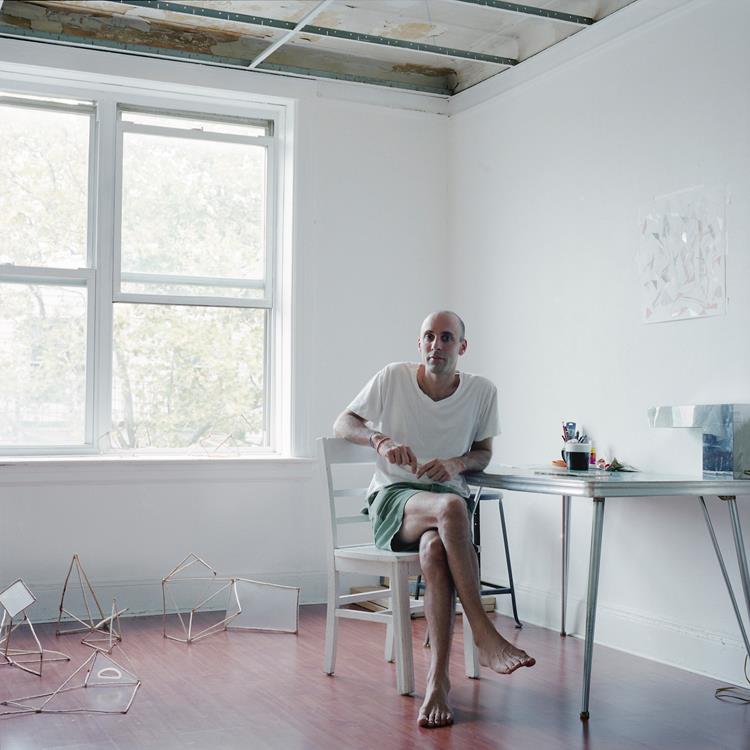 I had the pleasure of speaking with Hollander before the holidays as she approached the final stages of preparing for the exhibition. Since her project has received wide coverage and media attention, I wanted to discuss Hollander’s relationship with social media as co-founder of the self-serving, fine arts photography studio, the Bakery Photographic Collective in Westbrook, Maine. As a manager and artist, Hollander is in the unique position of successfully managing the studio and doing so with a great sensitivity and passion for the arts.
I had the pleasure of speaking with Hollander before the holidays as she approached the final stages of preparing for the exhibition. Since her project has received wide coverage and media attention, I wanted to discuss Hollander’s relationship with social media as co-founder of the self-serving, fine arts photography studio, the Bakery Photographic Collective in Westbrook, Maine. As a manager and artist, Hollander is in the unique position of successfully managing the studio and doing so with a great sensitivity and passion for the arts.
Hollander is admittedly still overwhelmed by the possibilities, perks and opportunities of blogging and social media, though she now considers herself a Facebook expert (and if you have been following Hollander, the project's Facebook page and photographs, you would most definitely agree).
I asked Hollander specifically about the use of Facebook as both an artist and co-manager of the Bakery Photographic Collective
Now I’m obsessed with it. I’m learning as I go. It has been a process of realization of the perks Facebook offers. It has created an audience. Facebook is really important for an artist promoting their own work. In this down economy, artists can’t rely on galleries for sales- that model is shifting.
Hollander plans to turn her Facebook love loose on the Bakery Photographic Collective’s page once preparations for her February exhibit are complete. For Hollander, Facebook has helped her maintain 626 “friendships,” locate each person geographically and most impressively, create a virtual exhibit to complement her real world exhibit at the museum, as each of her photographed friends were asked to upload their portrait as their Profile Picture.
What started out as a personal documentary on friendship and environmental portraiture has turned into an exploration of American culture, relationships, generosity & compassion, family structure, community building, storytelling, meal sharing, our relationship to technology & travel in the 21st century, social networking, memory, and the history of the portrait.
The possibilities of Web 2.0 for artists as creators and managers promoting their work are endless- Hollander says
I am able to post work as I make it, have a dialogue with a global audience, and market - in one location.
Hollander's exhibit opens February 4th at the Portland Museum of Art in Maine.
(Photo Credit: Tanja Alexia Hollander)






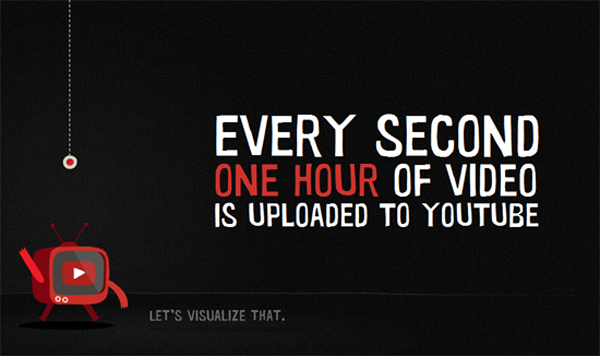
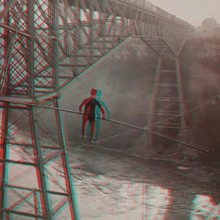
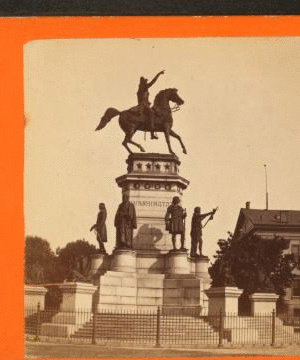 GIF made with the NYPL Labs Stereogranimator
GIF made with the NYPL Labs Stereogranimator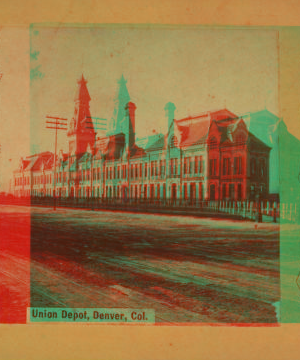 ANAGLYPH made with the NYPL Labs Stereogranimator
ANAGLYPH made with the NYPL Labs Stereogranimator